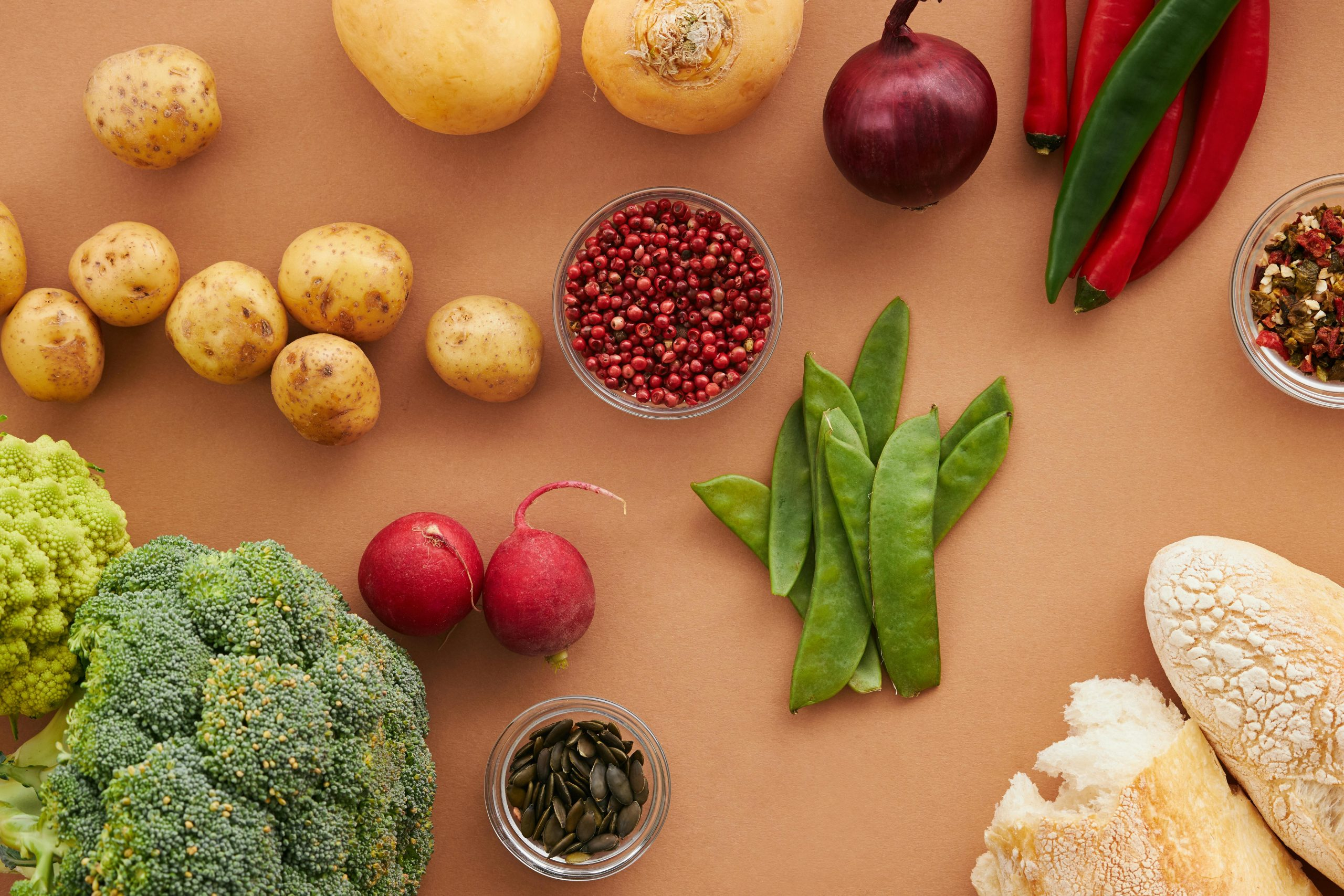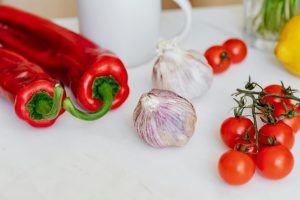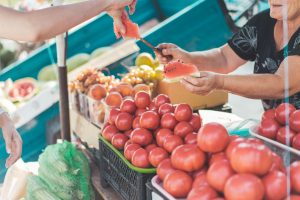Gardening for Food: Growing Your Own Sustainable Produce
Welcome to the world of gardening for food. If you’re looking to live a more sustainable lifestyle, growing your own produce is a great place to start. Not only does it save you money on grocery bills, but it also reduces your carbon footprint and promotes healthier eating habits. In this article, we will explore the benefits of gardening for food and provide tips on how to grow your own sustainable produce.
The Benefits of Gardening for Food
1. Fresh and Nutritious Produce
When you grow your own food, you have complete control over what goes into it. This means no harmful pesticides or chemical fertilizers, which can have negative impacts on both the environment and your health. Most store-bought fruits and vegetables are picked before they are fully ripe, which means they don’t have the same amount of nutrients as homegrown produce. By growing your own food, you can ensure that you and your family are consuming fresh and nutrient-rich produce.
2. Saves Money
With the rising cost of groceries, growing your own food can significantly reduce your grocery bills. The initial investment in seeds and gardening equipment may seem expensive, but it pays off in the long run. Plus, you can save even more money by preserving excess produce for the winter months.
3. Promotes Sustainable Living
Gardening for food is a sustainable practice that reduces our reliance on industrial agriculture and its negative impacts on the environment. Growing your own food also reduces food miles, which is the distance food travels before reaching your plate. This reduces carbon emissions and helps combat climate change.
How to Get Started
1. Choose a Suitable Location
The first step to growing your own produce is to find a suitable location. This can be a small backyard, balcony, or even a windowsill. Choose a spot that receives at least six hours of sunlight a day and has well-draining soil. If you don’t have access to outdoor space, consider joining a community garden or using a hydroponic system indoors.
2. Decide What to Grow
When it comes to gardening for food, it’s essential to decide what you want to grow. Consider your space limitations, climate, and personal preferences. Some easy-to-grow options for beginners include tomatoes, lettuce, herbs, and peppers. Make sure to research which plants are suitable for your region and planting time to maximize your chances of a successful harvest.
3. Start Composting
Composting is a simple and effective way to create nutrient-rich soil for your garden. It involves collecting organic kitchen waste and yard debris and allowing it to decompose, creating a natural fertilizer for your plants. Not only does composting reduce waste, but it also saves you money on buying fertilizers.
4. Practice Good Gardening Techniques
Growing your own produce requires patience and dedication. Make sure to follow good gardening practices like watering regularly, mulching, and controlling pests naturally. Research and invest in companion planting, which involves growing different plants next to each other, providing mutual benefits like promoting pollination and repelling pests.
In Conclusion
Gardening for food is a fulfilling and sustainable practice that has numerous benefits. It allows you to have fresh and nutritious produce, save money, and reduce your carbon footprint. By following these tips, you can start growing your own sustainable produce and contribute to a healthier and more environmentally-friendly lifestyle.









